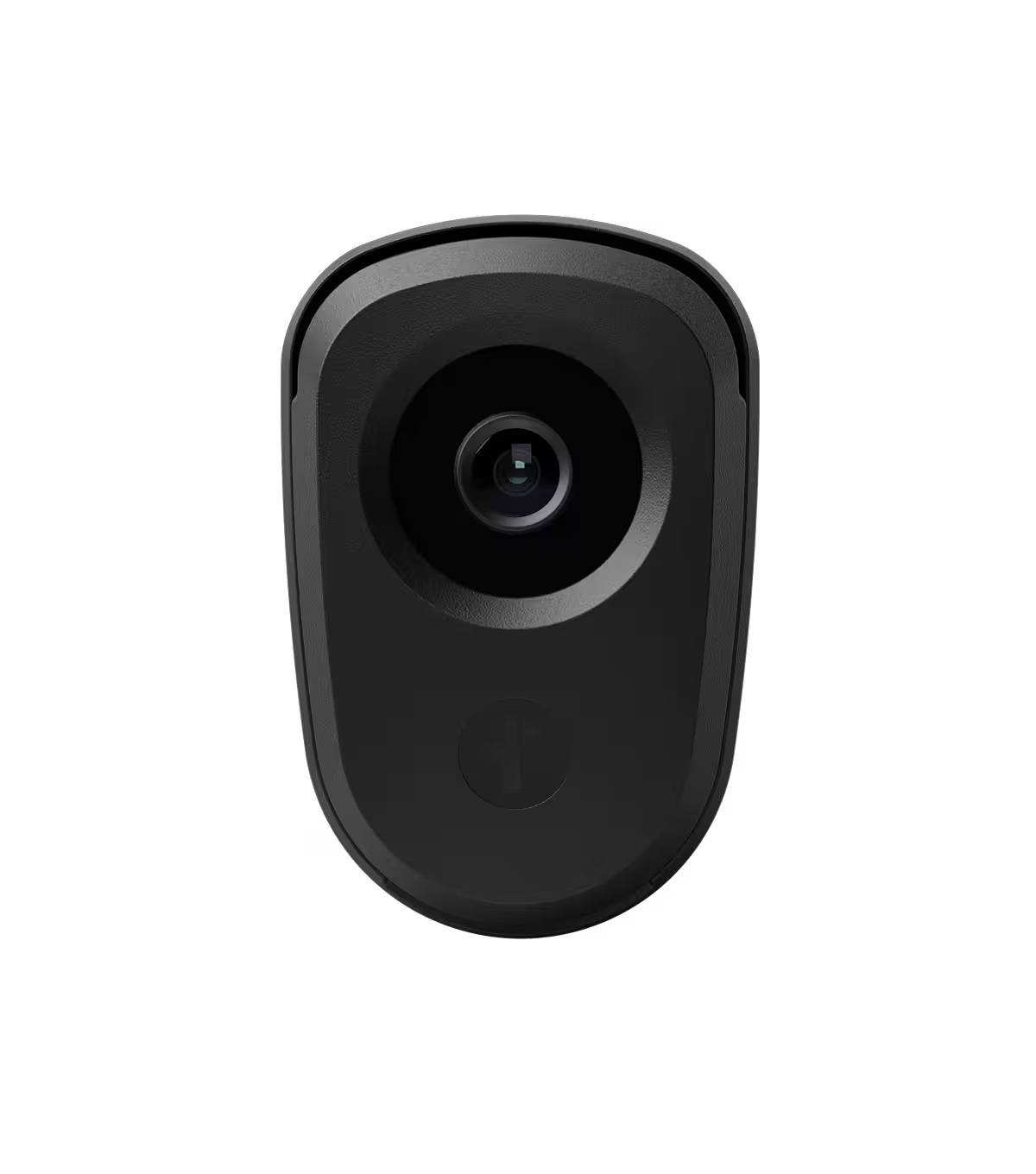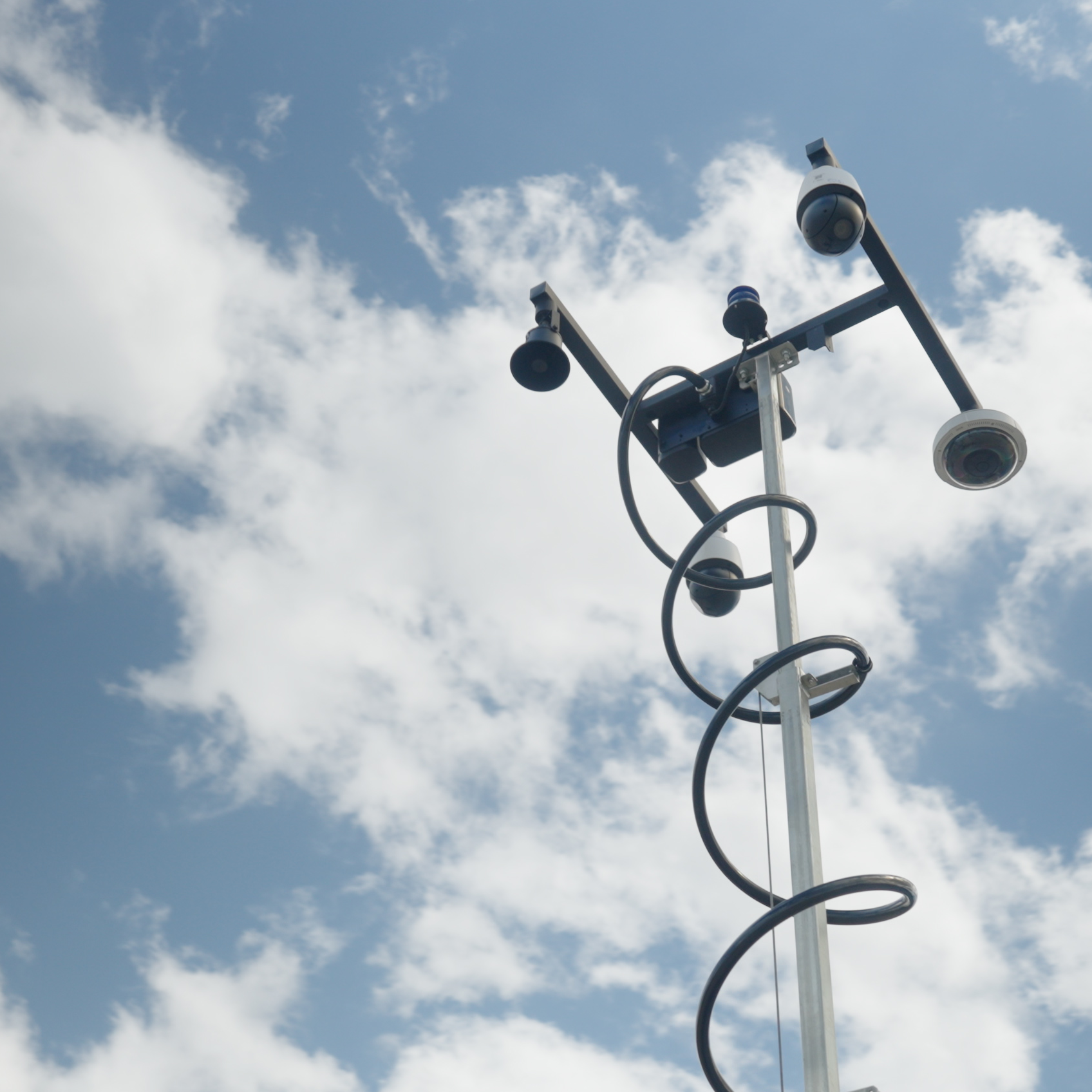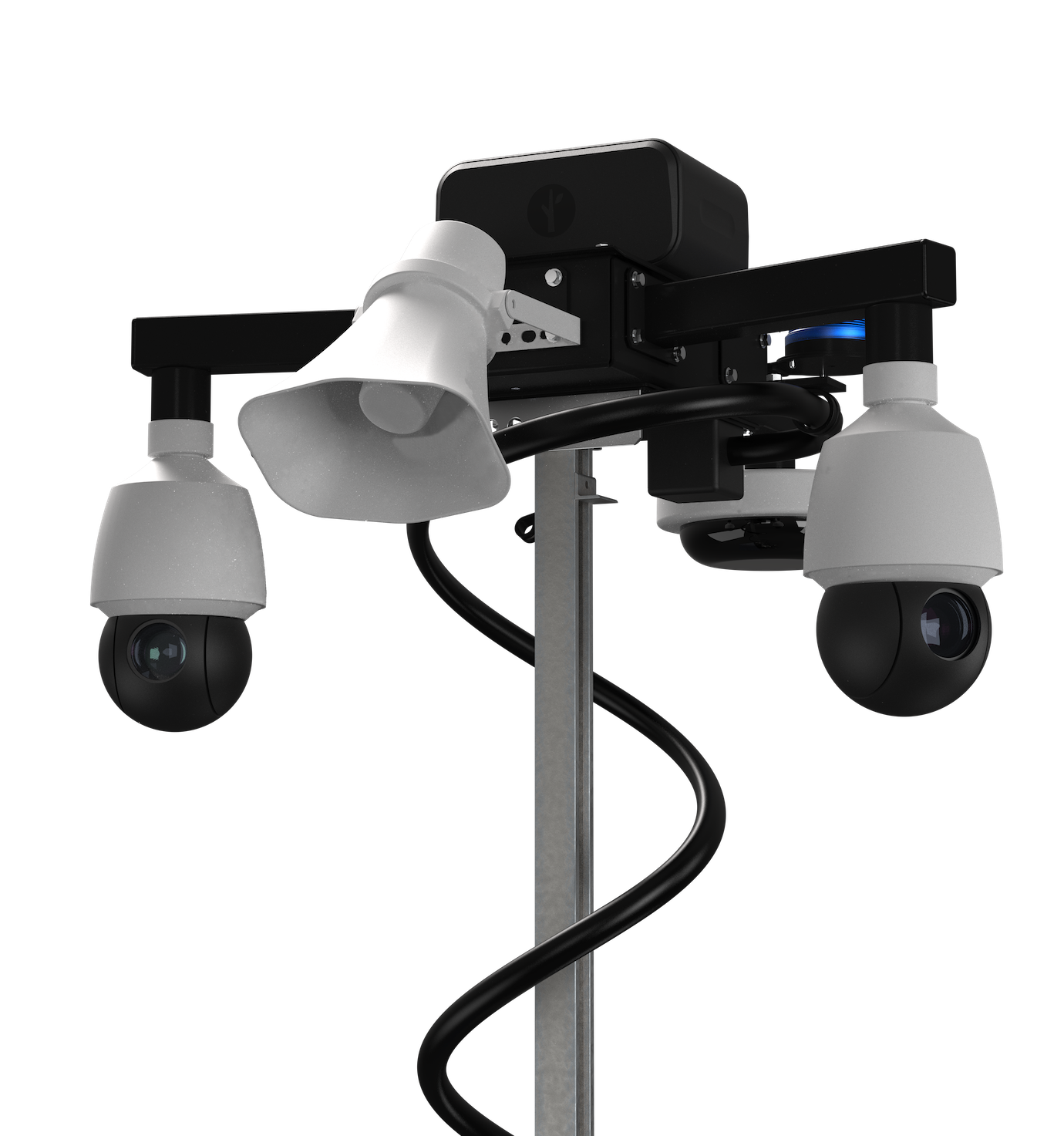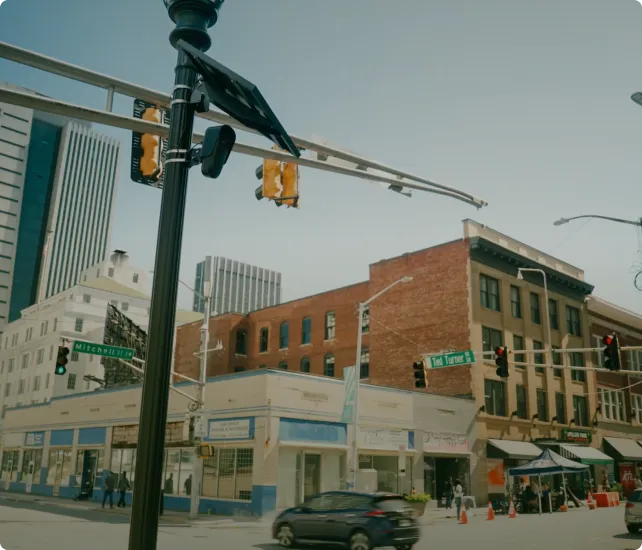


With the array of advanced tools available to law enforcement today, integration is key to maximizing their impact. As the foundation of real-time policing, an integrated platform enables agencies to seamlessly connect the dots, leveraging multiple systems simultaneously to respond to and solve crimes more efficiently.
A powerful example of this comes from Cobb County, Georgia, where a case that might have gone unsolved just a few years ago was closed through the power of integrated technology.
The Case: A Bullet and No Witnesses
The case begins when a Cobb County PD officer responded to a call where a bullet was found lodged in a vehicle parked at an apartment complex. With no witnesses, no immediate suspects, and minimal actionable evidence, this case might have been assigned to a detective and, more than likely, left unsolved due to lack of information.
However, thanks to advanced technology and seamless integrations, the outcome was different.
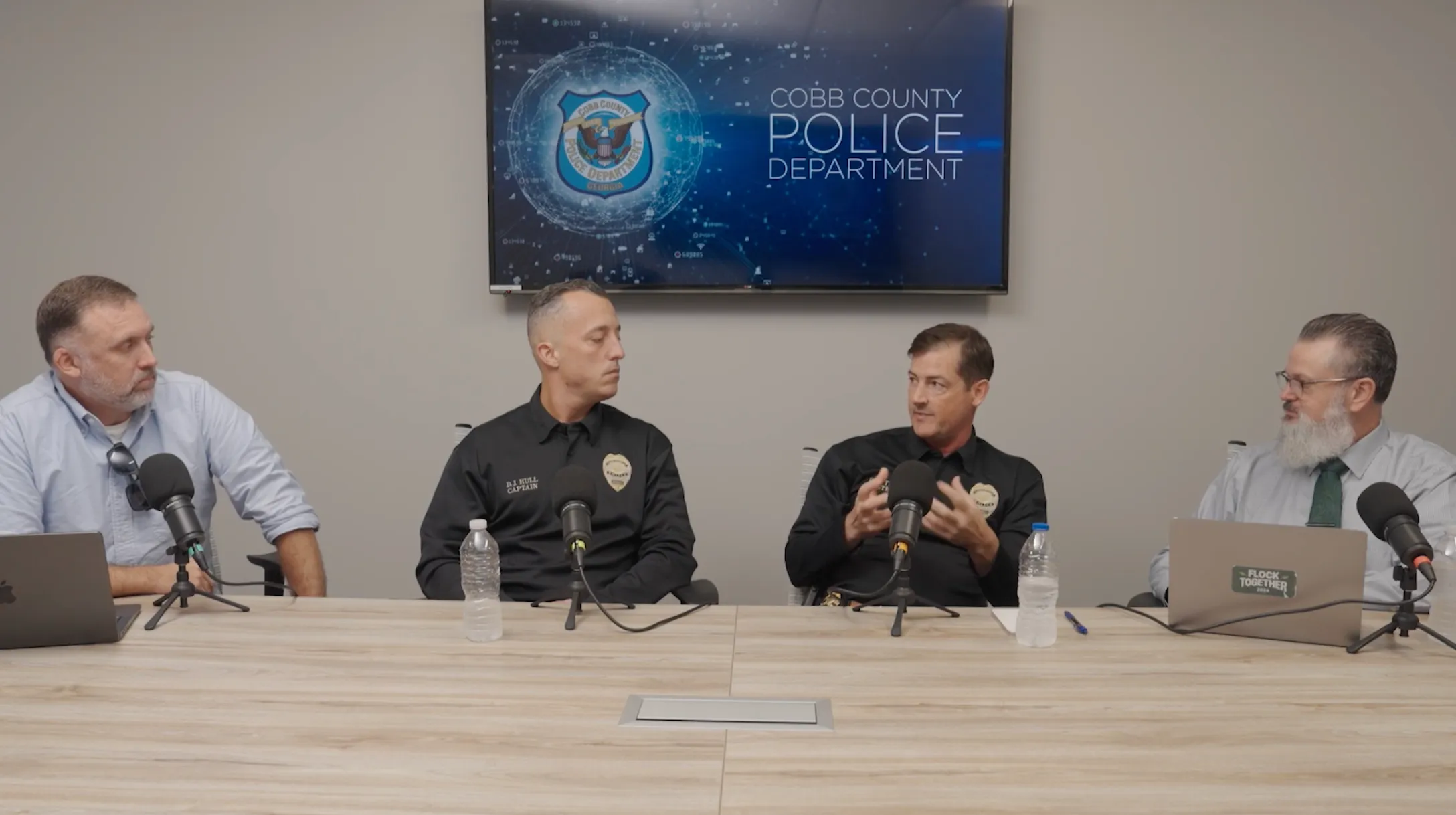
How Technology Turned the Case Around
Gunshot Detection System Activation: As the investigation began, analysts in the real time crime center searched the gunshot detection system, finding a lead that pinpointed the exact time of the gunfire, providing investigators with a crucial starting point.
Video Footage Captures Key Evidence: Using the timestamp from the gunshot detection system, the analyst reviewed nearby security footage, which revealed the moment the shot was fired.
License Plate Recognition (LPR) Provides Insight to the Suspect’s Movement: An LPR system at a nearby apartment complex captured a vehicle leaving the area shortly after the gunshot. This lead provided a strong solvability factor, allowing detectives to obtain an arrest warrant.
LPR Alert Leads to the Suspect’s Location: After placing the vehicle’s license plate on a hot list, officers were alerted when the car was spotted again.
Traffic Stop and Arrest: Patrol officers located the suspect’s vehicle, conducted a stop, and made an arrest.
Weapon Recovery: A thorough search of the vehicle led to the discovery and recovery of a firearm believed to be used in the incident.
The Power of Technology Integration
This successful outcome was only possible due to seamless integration between multiple technologies:
- Real-Time Crime Center (RTCC) Software – Unified the data from various sources for rapid decision-making.
- Live and Recorded Video – Captured crucial footage that visually confirmed the shooting.
- Gunshot Detection Systems – Provided pertinent details that generated a lead.
- License Plate Recognition (LPR) Systems – Located the vehicle and suspect post-incident.
Without these technologies working together this case could have remained just another unsolved crime. With it, law enforcement was able to quickly identify, locate, and apprehend a suspect and take an illegal weapon off the streets, making the community that much safer.
Why These Integrations Matter
Real-time policing isn’t about using isolated technologies—it’s about connecting them. When different tools work together, law enforcement agencies can:
- Reduce response times by immediately identifying incidents.
- Improve case solvability by gathering multiple sources of evidence.
- Enhance officer safety with better situational awareness.
- Hold suspects accountable faster through data-driven policing.
- Build stronger community relationships through transparency and collaboration.
The Future of Policing is Connected, Open, and Efficient
Integrating real-time data from multiple sources is transforming policing to make it more collaborative and efficient. Cases that once seemed impossible to solve are now seeing swift resolutions. The key is integrated and open platforms—when systems communicate, crimes get solved. By uniting real-time data and multiple technologies, agencies can enhance safety, streamline operations, and close cases faster—helping communities not just feel safer, but truly thrive.
Listen to the whole conversation on our podcast.
Explore More





Contact us
Discover how communities across the country are using Flock to reduce crime and build safer neighborhoods.

.webp)
